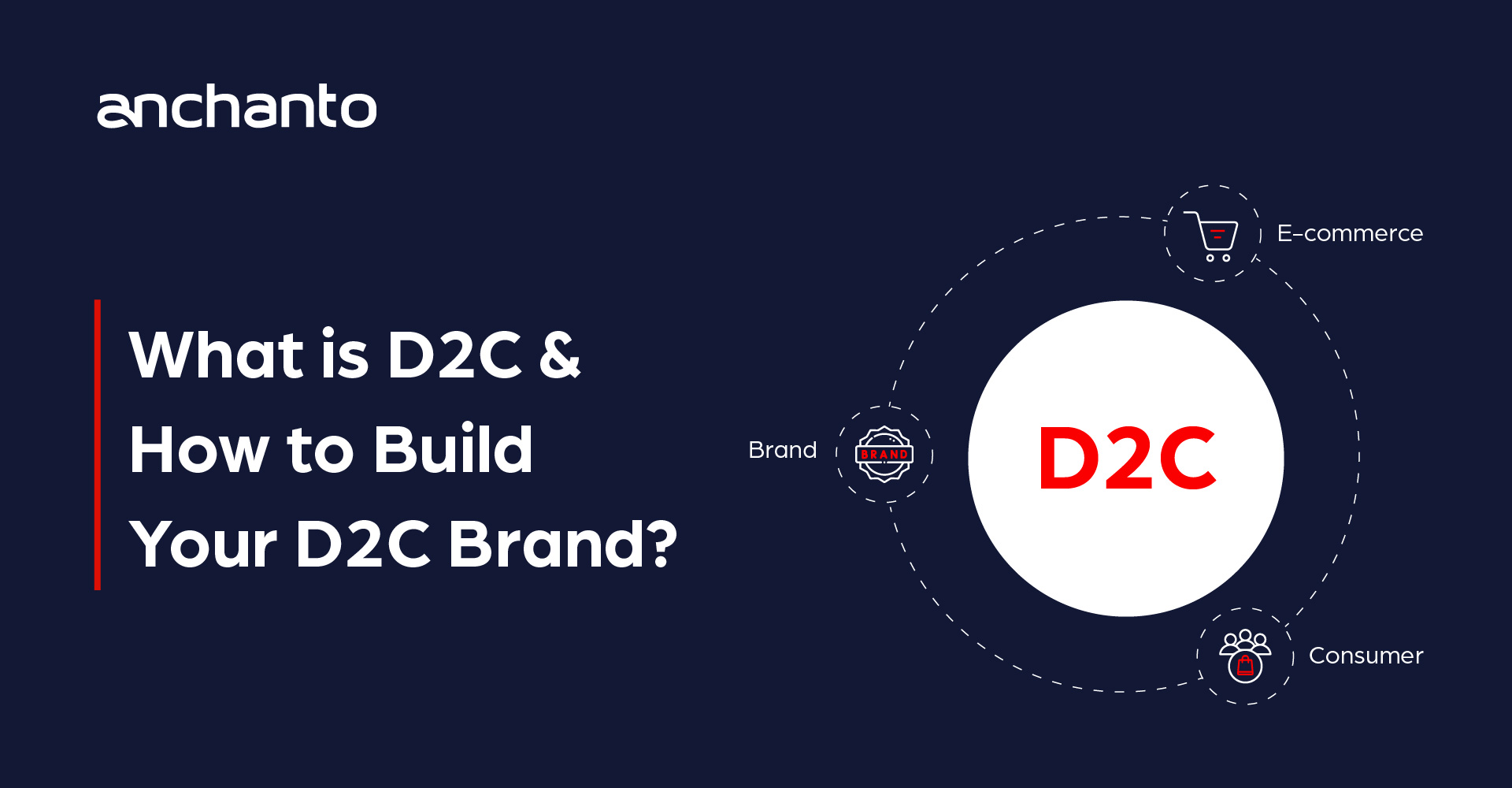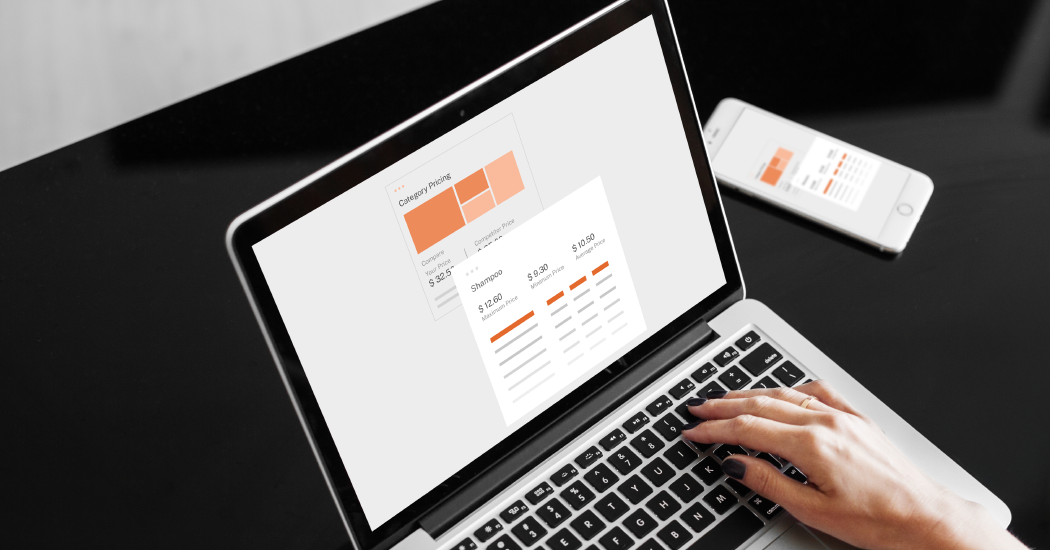
Direct to Consumer (D2C): Meaning, Challenges & Why it May be an Opportunity for Your Brand
According to Statista [1], the number of consumers worldwide who regularly make direct-to-consumer (D2C) e-commerce purchases from brands has grown significantly in recent years. This showcases the increasing popularity of the Direct to Consumer (D2C) model. Though buying from conventional retailers still holds significant appeal to consumers, better pricing entices shoppers to buy from D2C [2] brands. Other factors drawing consumer attention include free delivery, loyalty programs, and exclusive products [3].
But what is D2C and how does it differ from traditional retail? In a traditional retail model, brands sell their products to wholesalers and distributors, who then sell to consumers. The D2C model, on the other hand, lets brands sell directly to consumers through online stores and digital channels.
This blog will shed light on what D2C is, why brands are choosing to adopt this model, and what businesses need to keep in mind when shifting from retail to D2C.
How D2C Works in E-commerce
A product goes through several “middlemen” in a traditional retail model. The manufacturer creates the product and sells it in large amounts to wholesalers, who then sells it to distributors. Distributors get products from different manufacturers and then sell them to retailers. The journey is complete once a customer picks up the product from the store shelf (either physical or digital).
The D2C approach allows brands to skip the middlemen and sell directly to customers. This:
- Gives them more control over their supply chain
- Enables them to personalize every customer’s shopping experience
- Allows them to gather data from direct customer interaction
Why Brands Adopt the D2C Approach
Allbirds [4], a footwear brand, is a great example of why 99% [5] of companies are open to investing in D2C sales channels. Their focus is on eco-friendly materials and practices in production — a huge reason why consumers have resonated with the brand so much. With the D2C model, Allbirds was able to speak directly to their consumers and control the way their brand is perceived. Traditional retail through intermediaries can dilute a brand’s message.
Many brands [6], are reporting high revenues as a result of adopting a D2C approach. The model’s appeal grows as brands start to recognize benefits such as:
- Access to customer feedback
D2C lets brands interact with and listen to their customers directly. Constant feedback in the form of reviews and ratings helps brands test new ideas and launch products quickly.
- Improving margins
D2C controls costs by selling directly to customers and using customer feedback to predict product demand. With that data, brands can ensure they have the right product in stock and get the most out of their target marketing campaigns.
- Global expansion
With D2C, brands can easily scale worldwide because there is no need to invest in physical stores in every new location. This flexibility allows brands to adjust their website and marketing campaigns to different regions, creating a shopping experience that feels relevant locally.
- Increased agility and flexibility
The D2C model enables brands to be more agile. By leveraging real-time customer data and sentiment, brands can make immediate changes to marketing campaigns, product prices, and product catalogs, ensuring they meet customer needs more effectively.
Challenges Faced Within The D2C Landscape
While D2C offers brands numerous advantages, there are still challenges to overcome. More control over business operations means new hurdles as they’re now in charge of reaching and engaging with target consumers. From building brand loyalty to developing a proactive marketing strategy, tasks usually handled by retailers now fall on their shoulders. Here are some other issues brands may face when making the move to D2C:
- Difficulty acquiring customers
Normally, retail stores help new brands get noticed by their customers but D2C brands lack that advantage. Because of this, building trust with customers online can be tricky, especially for new businesses. This means D2C brands must significantly invest in organic search, social media, and paid advertising to acquire new customers.
- Difficulty managing logistics
One of the biggest challenges in the D2C model is logistics. D2C operations mean managing everything from order fulfillment and shipping to returns and inventory. Meeting customer expectations for fast delivery requires careful planning and reliable fulfillment partners, such as trusted carriers and warehousing providers.
- Missing out on the traditional market
Just last year, Lululemon Athletica brought in US$ 8 billion [7] in D2C sales. Crocs and Carter’s followed with $3.5 and 3.2 billion respectively. While many D2C brands are finding success, many customers still prefer to purchase from a brick-and-mortar or online retailer. Pursuing a D2C model means D2C brands could be missing out on a big chunk of the market that prefers physical retailers.
- Scalability
D2C operations can be expensive for businesses. D2C means doing more in-house — marketing, warehousing, and customer support. To handle growth, businesses need to be flexible and organized. This means using technology to automate tasks and make everything run more efficiently.
Now that we have identified the hurdles brands may face when switching to D2C, brands can take action to ensure a seamless transition.
Making the Transition to D2C
Selling directly might sound convenient, but it adds on new costs like advertising, warehousing, logistics, and customer support. This can be daunting for brands, especially when they are looking to scale — companies should automate tasks where possible and streamline their operations further. Below are some other top tips on how to make a smooth transition to a D2C model:
- Analyze market trends and competitors
Before making a switch to D2C, it’s crucial for a brand to understand their target audience. Use surveys, study customer habits, and collect data to build comprehensive buyer profiles. By understanding what customers like and what problems they face, brands can customize their D2C products and marketing campaigns to suit their audience’s requirements.
- Leverage social media and online shops
Brands can foster a community around their products and make it easier for customers to purchase them through social media platforms. Responding to customer feedback and engaging with them will further strengthen brand loyalty. Social media advertising, on the other hand, allows brands to target the exact audience they want to reach. This positions the brand right in front of the people most likely interested in their products.
- Centralize catalog management
Selling online on multiple platforms can help brands reach a wider audience. Centralized catalog management lets brands update all product details through a single dashboard. Not having to manually update across platforms can save staff time and minimize errors.
- Choose the right e-commerce solution
D2C sales can prove to be complex. Managing orders and inventory across multiple channels can be simplified with the right e-commerce platform. Ideally, the platform should offer centralized control, faster order processing, and optimized inventory management.
- Streamline logistics
While the D2C model enables products to be exposed to a wider audience, it also presents logistical challenges. Whether it be managing global orders or coordinating with multiple carriers, these challenges can be complex. Having an automated solution to manage, fulfill, and communicate with carriers is crucial to ensure smooth operations and customer satisfaction.
- Optimize website for mobile
Driving traffic to web stores involves significant effort and budget from a brand. To ensure that this effort leads to sales, they must optimize their websites for mobile, as more users can browse and make purchases through their mobile devices.
Conclusion
Many brands are starting to realize that D2C presents several benefits. This includes allowing brands to be more agile and giving them greater control over their branding. However, this newfound independence comes with scalability challenges.
If you’re looking to upscale and transition to D2C smoothly, get in touch with Anchanto today. We specialize in SaaS solutions that help you centralize, automate, and manage your backend operations seamlessly.
FAQs
1. What is the difference between D2C & B2C?
Traditionally, B2C businesses sell through retailers or distributors. Think of them as middlemen connecting brands with consumers. D2C cuts out the middleman, allowing brands to sell directly to customers through their online stores or other sales platforms.
2. How do D2C (Direct-to-Consumer) and dropshipping differ?
While D2C (Direct-to-Consumer) brands handle the entire process, from manufacturing (or sourcing) products to storing inventory and fulfilling orders, dropshipping businesses act as middlemen. They don’t hold any inventory themselves. Instead, when a customer orders something, the dropshipping business forwards the order to a third-party supplier who then ships it directly to the customer.
3. What is the future of D2C?
D2C brands are venturing beyond online sales due to rising advertising costs and increased consumer demand for in-store experiences. While successful brands create seamless online-to-offline journeys, standing out requires leveraging technology to personalize the physical shopping experience and cater to the ongoing appeal of brick-and-mortar retail.
Thinking of making the move to D2C? Speak to an Anchanto expert for help you with the transition.
References:
[2] – Diffusionpr.com – Going mainstream: Diffusion’s 2021 Direct-to-Consumer Purchase Intent Index
[3] – VML.com – The Future of E-commerce Report 2023
[4] – https://www.allbirds.com/
[6] – Statista.com – Leading public direct-to-consumer (D2C) companies with e-commerce operations as of 2023, by revenue
[7] – Statista.com – Leading public direct-to-consumer (D2C) companies with e-commerce operations as of 2023, by revenue


